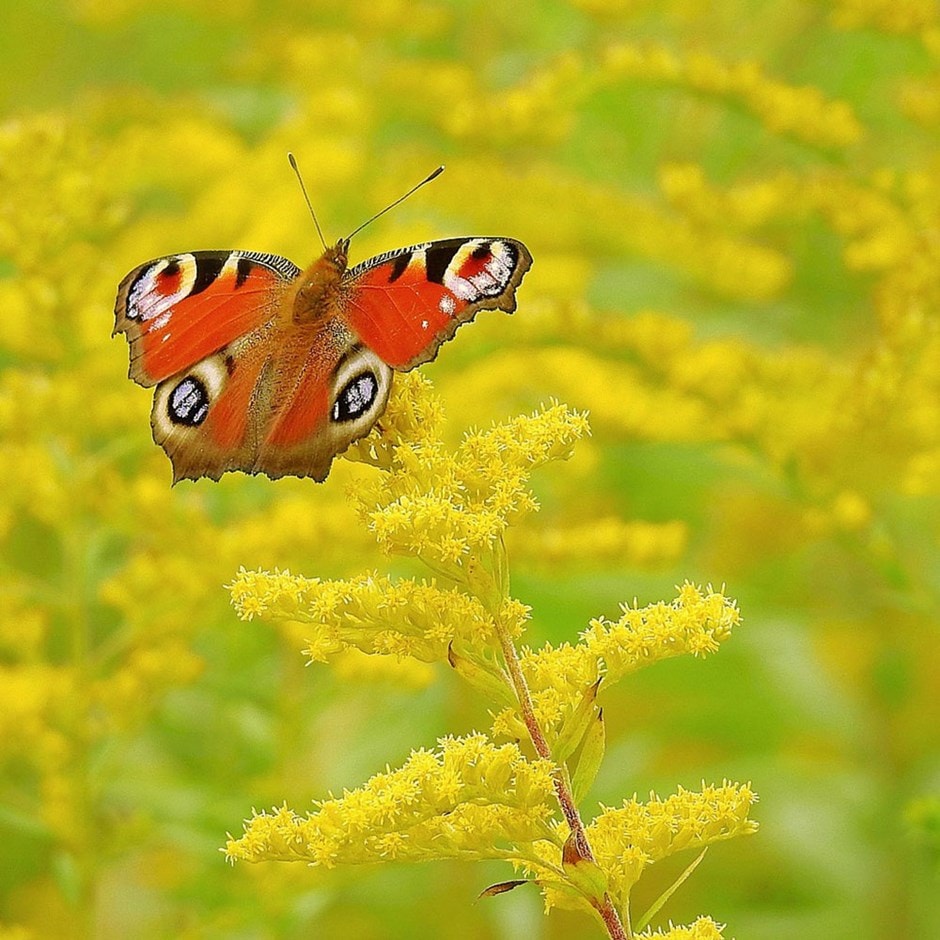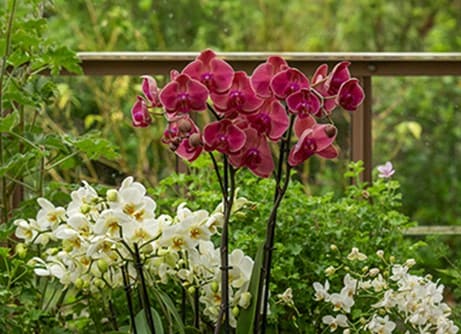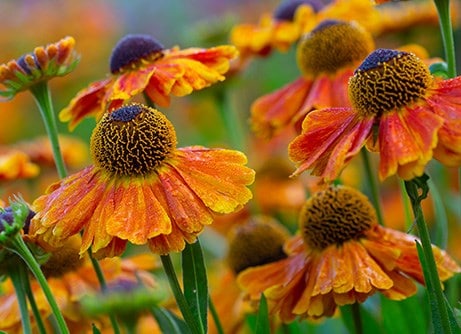
Mid green, lance-shaped narrow leaves, lightly toothed on the edges, bring forth terminal clusters of tiny, long-lasting, golden yellow flowers spreading horizontally like miniature autumn larches. Suiting a variety of garden types, ‘Goldkind’ is a popular, compact choice for city gardens, and informal ‘prairie’ planting schemes.
How to care for Solidago Goldkind:
Solidago will manage in the poorest of soils, with no additional watering or feeding requirements to make them perform on a regular basis, once they are established. Clumps can be revived and flowering performance improved by lifting, splitting and replanting in spring.
Flowering period:
- Jan
- Feb
- Mar
- Apr
- May
- Jun
- Jul
- Aug
- Sep
- Oct
- Nov
- Dec
Eventual height:
0.6m
Eventual spread:
0.3m
Position:
Full sun
Rate of growth:
Fast-growing
Soil:
Moderately fertile, moist, well-drained soil
Hardiness:
Fully hardy
-
This perennial dies back to below ground level each year in autumn, then fresh new growth appears again in spring.
Product options

9cm pot
£8.99
In stock
(shipped within 2-3 working days)
(shipped within 2-3 working days)

3 × 9cm pots
£22.99
£7.66 each
In stock
(shipped within 2-3 working days)
(shipped within 2-3 working days)

6 × 9cm pots
£39.99
£6.67 each
In stock
(shipped within 2-3 working days)
(shipped within 2-3 working days)
1
Delivery options (pick your preferred option at checkout)
Standard Delivery£5.99
Named Day Delivery£10.99










